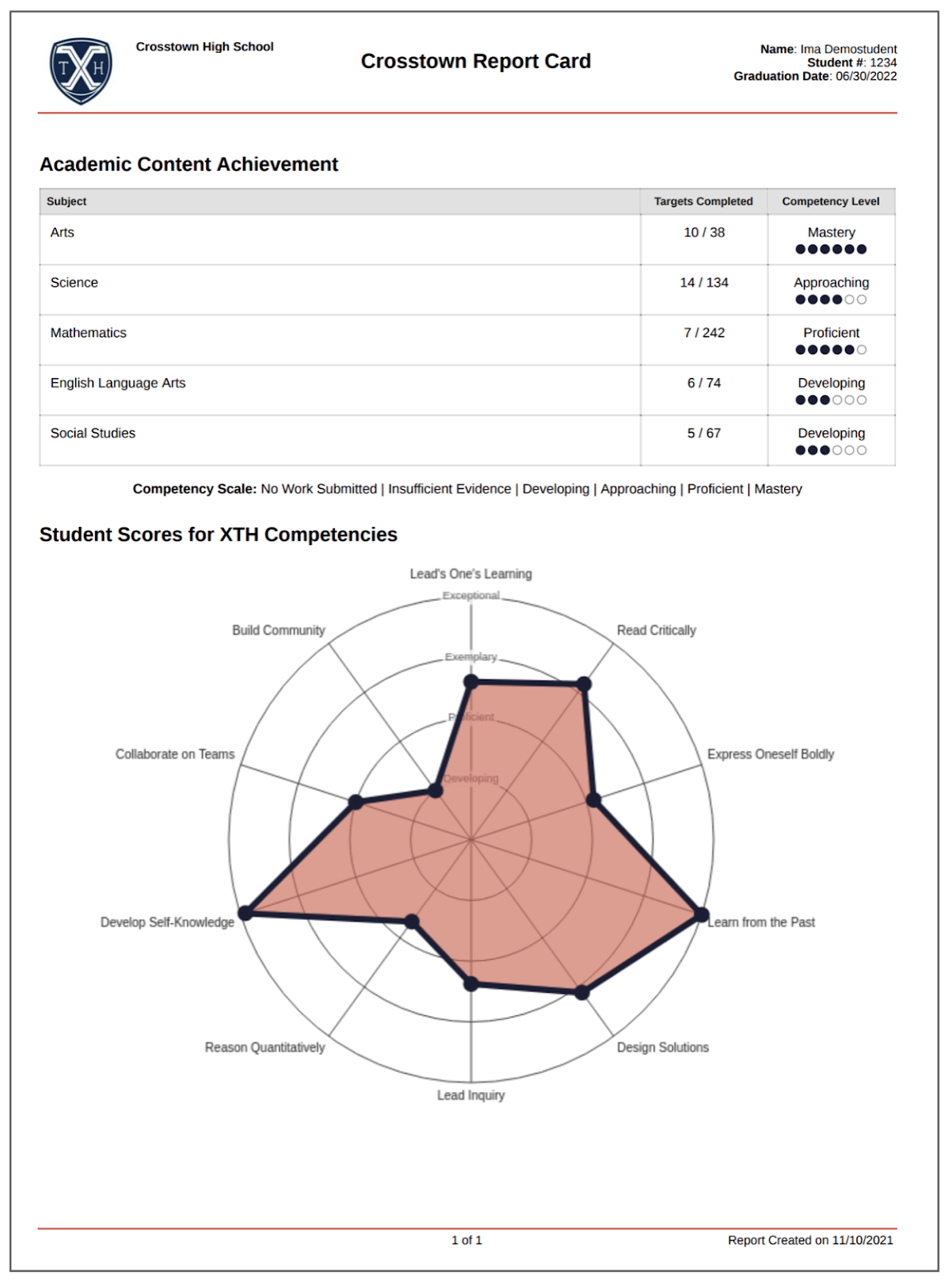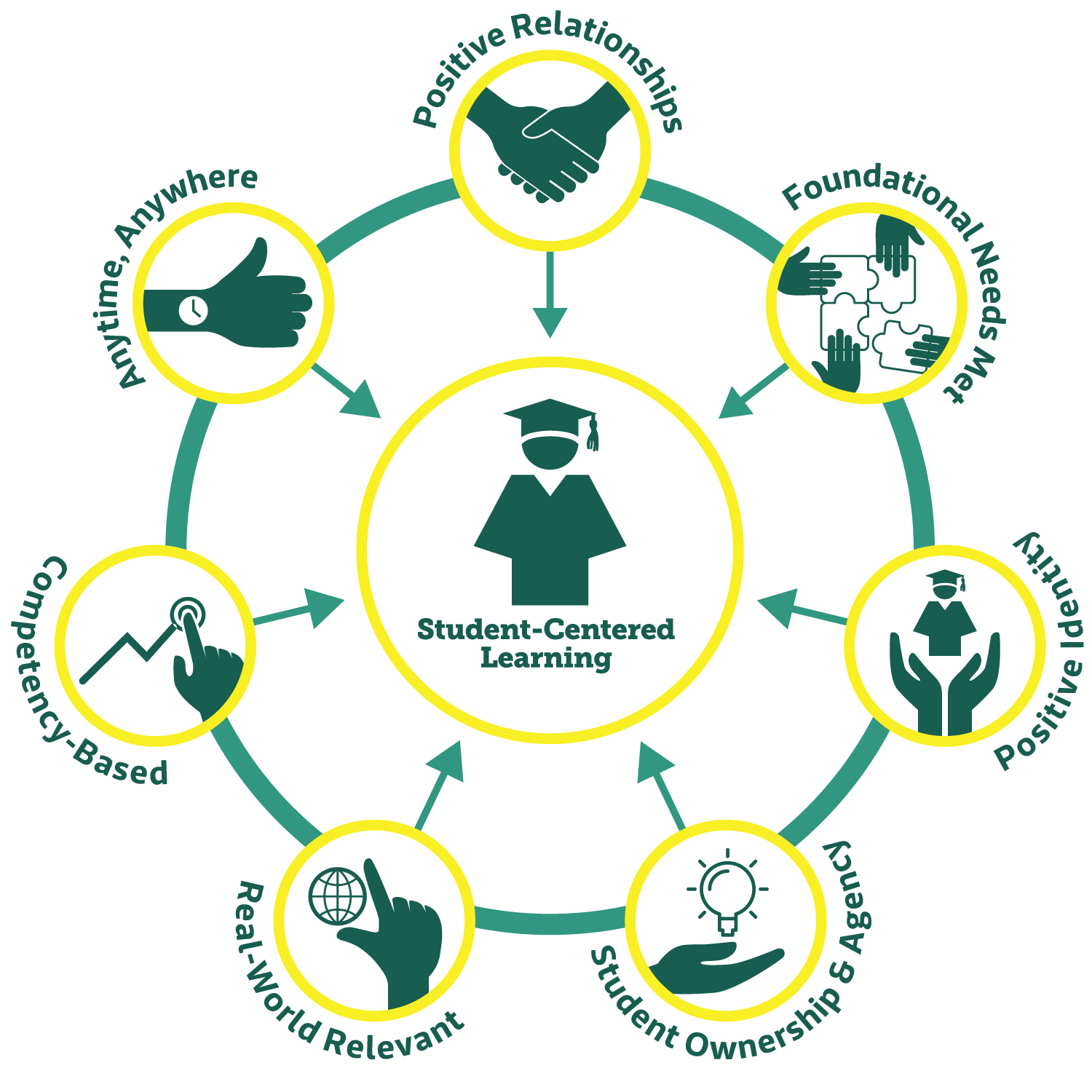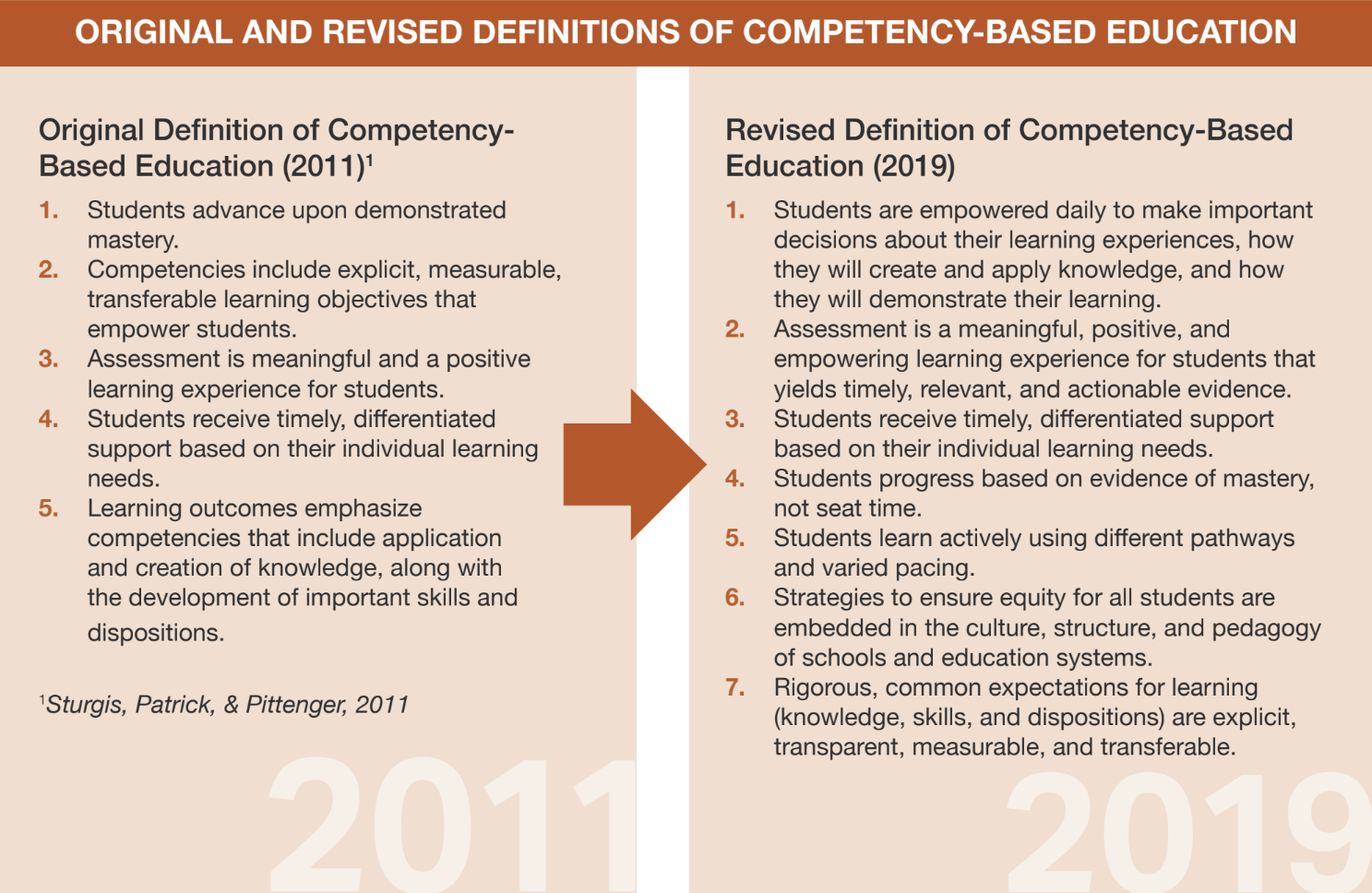Competency-based learning has many interpretations and not all organizations embrace every aspect of it universally. Having worked with hundreds of schools at various places on this journey, the team at Headrush Learning has seen and learned a lot. We hope these insights help your journey from wherever you’re beginning to a better, more competency-based place. Here are our top five keys to transitioning to competency-based learning:
1. Keep your why in front of your how.
Stretched thin staff, stakeholder competing interests, and the chance of leadership turnover mean that your transitioning to competency-based learning needs to be granularized and a recurring focus. Without this context frequently and often, transitions run the risk of being fads, eroding buy-in, or worse distracting better learning for students. When we say why, we’re not talking about a generic mission statement, we’re talking about why are the elements of the transition tangibly important to the future of the students, the retention of quality professionals, and to the community as a whole. Ensuring equity, maximizing the opportunities for each individual, cultivating self-sufficient, problem solving graduates, increasing enrollment, and more efficiently operating as an organization may be a few on the list. We like Educational Evolving’s context focusing on Student-centered Learning as a starting point:
2. Define what you mean by competency based learning.
here’s no one way to do better… accept that truism. Avoid the trap of thinking these initiatives are universally understood, have only ONE way to be implemented, AND give yourself permission to do the things that work for your context. Competency-based Learning (and other larger initiatives) often consist of multiple facets that work together to accomplish the larger promise of said initiative. As you transition to competency-based learning, be explicit on what you are embracing and not. Be cautious of bolt-on solutions that are easier to start, but actually work against your larger goals. Likewise, stay mindful of what works. Change for sake of change is not automatically merited. Think of competency-based as an ecosystem of parts that serve the overall health of the initiative. We’re preferential to the Aurora definition of Competency-based Learning:
3. Have a clear sense of what changes and what stays the same.
Several aspects of competency-based learning may already be at play within parts of your organization. How do you celebrate those in the context of the initiative? Also, how do you prevent the good things you’re doing from getting in the way of some of the meater changes you are seeking to implement? This can be a challenge as there always will be enough examples of ‘just enough good’ to rationalize that more than may actually be happening, is indeed happening. For example, do you have project-based learning in some classes? Have you begun standards-based grading? How do those efforts differ or change in the context of CBL? Do you know the difference between standards-based and competency-based? Should you care about the difference? Clarifying these details along the way helps avoid that fad following feeling, while also avoiding vanity progress.
4. Measure all the dimensions of a graduate.
Increasingly, the profile of a graduate is expanding beyond solely content acquisition to include skills, dispositions, and career discovery experiences. How are these accounted for along a student’s academic career? How do these show up on student dashboards and transcripts? If these elements only show up as implicit values on a brochure, chances are, at minimum, opportunities to leverage and showcase these activities are being missed. Oftentimes, non-content focused measures are not tracked, nor reported, which creates a culture that adopting non-content initiatives are optional priorities.
5. Choose an LMS that lets you showcase these ideas easily and often.
Processes that support your learning model, reports that communicate multiple dimensions of your students, and systems that don’t require teachers to be contortion artists sounds easy enough, but often are undermined by the wrong learning management system. Learning Management Systems can catalyze or sabotage transformative learning models. Why have you selected yours? How will it support adapting to changes on the fly in terms of aligning competencies and targets to projects and learner work? How does it encourage (or discourage) student-led work? What era was it built for?
For example, see how the Headrush Learning platform manages Competency-based learning.



